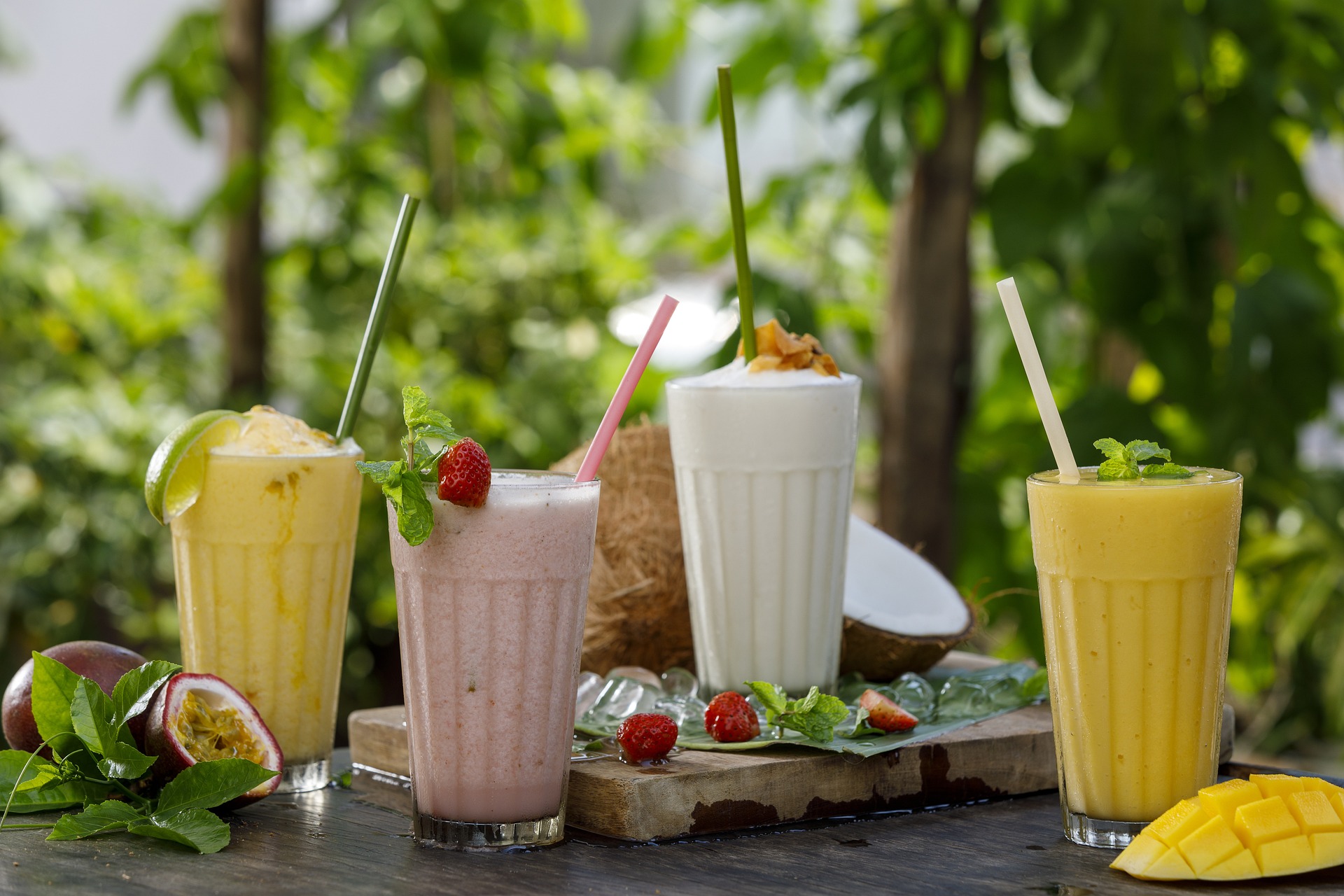The Delightful World of Edible Flowers: Culinary Innovations and Trends
Who says flowers are just for vases and gardens? Certainly not chefs, food enthusiasts, and trendsetters in the culinary world! Welcome to the delightful world of edible flowers, where vibrant petals and blossoms don't just lend a decorative touch, but also contribute to a delectable and adventurous dining experience.

The Botanical Boom in the Culinary Scene
The culinary use of edible flowers isn’t a new concept. It’s been practiced since the Roman times, and in cultures like Indian, Chinese, Middle Eastern, and Native American. However, it’s only recently that this ancient practice has bloomed into a modern trend. Today, innovative chefs and home cooks alike are exploring the flavors and textures of edible flowers, incorporating them into dishes as varied as salads, desserts, cocktails, and even main courses.
Burst of Flavors and Colors
What does it taste like to eat a flower? The answer varies as widely as the assortment of edible flowers available. Some are sweet and fragrant like roses and violets, others are spicy and peppery like nasturtiums and chive blossoms. Then there are those with a subtle flavor, like pansies and marigolds, that are more appreciated for their color and aesthetic appeal rather than taste.
Health and Nutritional Benefits
Edible flowers aren’t just beautiful and tasty, they’re good for you too! Many edible flowers are rich in vitamins A and C, and some have unique health benefits. For example, hibiscus is known to lower blood pressure, dandelions are packed with antioxidants, and calendula flowers are anti-inflammatory.
A Toast to Floral Libations
The mixology scene is also abuzz with the floral trend. Edible flowers are finding their way into cocktails, not just as garnishes, but as key ingredients. Elderflowers are used to make sweet, fragrant liqueurs, while borage flowers give a refreshing cucumber-like flavor to gin-based drinks. Even non-alcoholic beverages are getting a floral twist with flower-infused teas, sodas, and lemonades.
Blossoming Tips for Cooking with Flowers
-
Always ensure the flowers are safe to eat and free from pesticides or other chemicals.
-
Use flowers sparingly to avoid overpowering the dish.
-
Add the flowers at the end of the cooking process to preserve their color and flavor.
-
Store edible flowers in the refrigerator, they are as perishable as fresh herbs.
The Future of Floral Cuisine
As we continue to seek out new and unique culinary experiences, the trend of edible flowers shows no signs of wilting. With their vibrant colors, diverse flavors, and health benefits, it’s clear that these botanical beauties will continue to blossom on our plates and in our glasses for years to come. So, why not pluck up some courage and venture into the delightful world of edible flowers?




